
The first impression of Canberra from the north is of trees.
They line the highway into the city and as you drive through the inner north suburbs, the urban forest is ever present. This remains the historic perception of the nation’s capital city.
Yet in recent times the agencies involved in the city’s development, particularly in the delivery of new suburbs and the intensification of the older areas, have seemingly worked against the notion of increasing the urban forests and the associated biodiversity of the suburbs.
Early bureaucratic city managers had budgets and policies that delivered wonderful green spaces and parks as well as tree-lined streets throughout the suburbs. Looking after the city’s urban forest has always been a resource-heavy task. Sadly based on the what we see happening across Canberra, it is not as a high priority as it was in former days.
But maybe all is not lost – just yet. I have heard rumours that there still may be a few dedicated souls in government struggling to keep it as a priority. We wish them all the best.
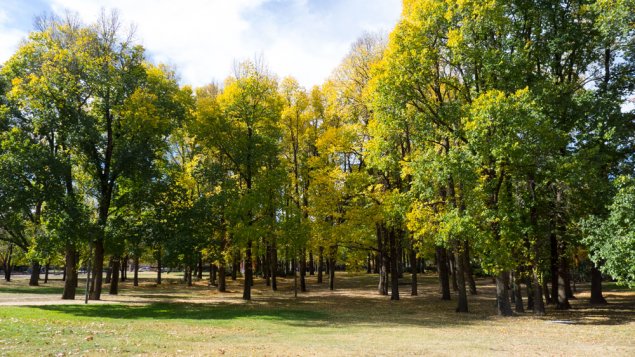
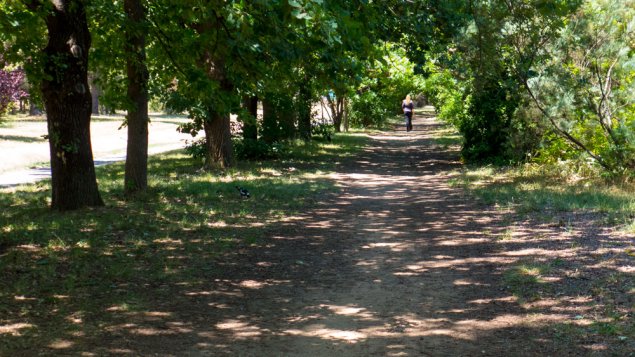
The first parklands in Canberra had heaps of trees. Even the infamous Dickson drain has walkways on both sides that are lined with trees. How we deal with trees and shrubs has become a contested area of debate whenever this ACT Government is involved.
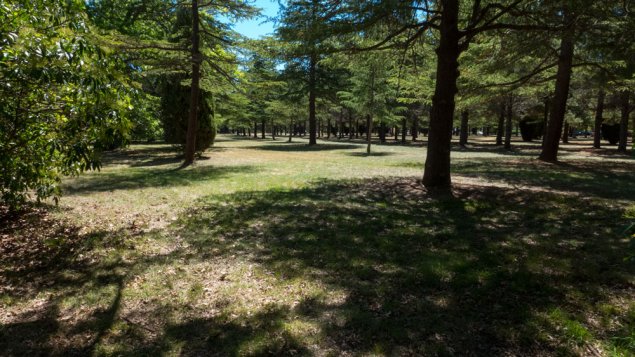
Heritage councils argue for the former windbreak, Haig Park, to be retained in its present military like form. Sadly for the heritage lobby, they are being seen as being from another planet on this one.
People definitely want Haig Park to be retained as a ‘park’. In this case – not an activity centre full of noise and constant events – but a park – being a place to sit and ponder – a place to meander and feel safe – a place for kids to play and families to picnic – a place to take a walk and to breathe in some fresh air – a green open space in which to comfortably take a break and to feel relaxed.
Those regimented lines of trees need to be rethought and possibly replaced. People want a park – not a wind break.
Here in Dickson, there are moves to sell off most of the Dickson Parklands to friendly developers, despite the overwhelming wish of residents for the remaining open spaces to be enhanced and for more arts and cultural facilities to be introduced. The potential of the whole Dickson Parklands precinct is so important given all the residential intensifications that are happening and are planned for the surrounding suburbs.
It is often the case that developers, their architectural and planning consultant mates and the bureaucracy will deem green spaces as being redundant when they are not in constant use or have suffered because of low maintenance. This is a very dangerous and damaging trend.
I was amazed to read recently that a University of Canberra spokesperson argued for the sale of so called redundant green spaces to pay for other spaces to be made active. One wonders how any UC spokesperson does not understand the basics of green spaces in urban areas, that each is valuable to some part of our communities and that more open spaces and greenery, not less, are required to deal with climate change within our urban areas.
Trees and green spaces are not there to be traded away. Every green open space should be valued and enhanced – not used as a part of the ACT Government’s infamous ‘development bank’ to be sold off for other developments.
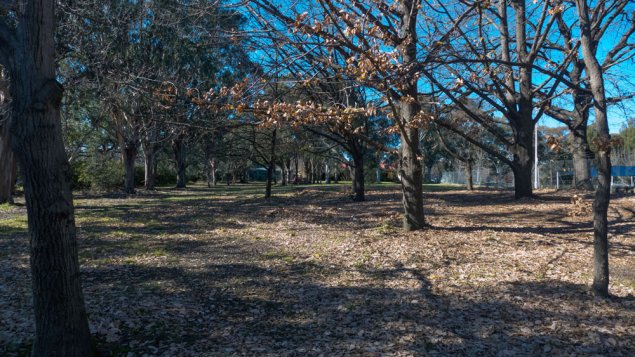
As developments happen, the argument should be not just about individual trees. The debate should be about increasing the larger tree canopy and the biodiversity as well as ensuring that thorough tree management plans are enacted.
If any trees, shrubs or open green space need to be removed, the agencies involved should take the opportunity to work with the residents to enhance the greenery and biodiversity of the precincts undergoing developments.

The debate about the Northbourne Avenue trees has been very emotional and for good reasons. That long avenue of trees is a great entrance to the city. The removal of these trees is not the issue. They are trees and will be due for replacement one day soon. The worry is just how much trust do residents have in the agencies involved to deliver replacements and that they be at least the equivalent – or more – of what we enjoy now.
There is little evidence to date that the green infrastructure along Northbourne is to be increased as a result of the massive redevelopment about to happen. The bush capital’s entrance should not become a hard bland box avenue of CAD-modern buildings with token trees struggling to be part of the profile.
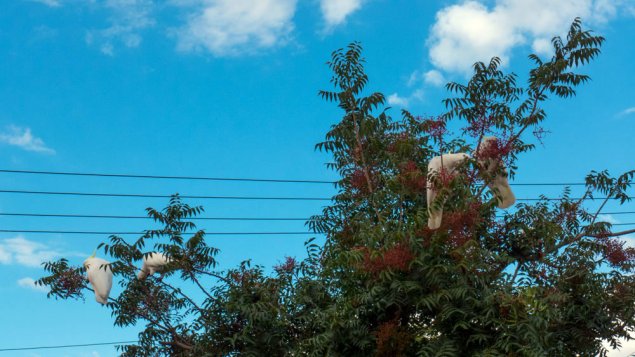
Another cause for tension around trees is whenever residents seek to remove a backyard or neighbourhood tree that has been deemed to be significant. I know of people who have health issues as a result of fighting with the mysterious ‘department of significant trees’ that is tucked away somewhere deep within the government bureaucracy.
The issue should not be about the single tree but about taking the opportunity to increase the total greenery of the precinct concerned. People should not have to see their houses destroyed by root systems or their amenity limited because of a neighbourhood tree that has been deemed to be significant.
The department of significant trees should be replaced with a more lateral thinking unit that ensures that when a tree has to be removed that the residents involved then agree to set about enhancing the greenery and increasing the biodiversity of the neighbourhood with more than ample replacements.
Even when new suburbs are being planned some very silly decisions are made by that department of significant trees. Take the photo below whereby a tree was singled out to be significant and so the developers took the decision literally and worked around the tree.
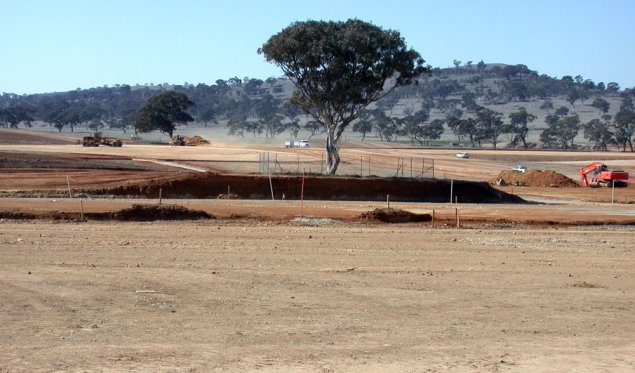
I doubt that the tree managed to survive. That area now consists of streets of grey CAD-modern buildings with very few trees.
Sadly for future generations, the manner by which our agencies now delivery suburbs means we end up with very little in the way of greenery especially when compared with the earlier Canberra suburbs. There will be no tree-shaded streets in these new suburbs.
It would be so much better if the department of significant trees was dismissed. Its replacement should be a green infrastructure unit empowered to establish agreements with developers and residents so that all suburbs, old and new, have an abundance of greenery – being large trees and heaps of bushes.
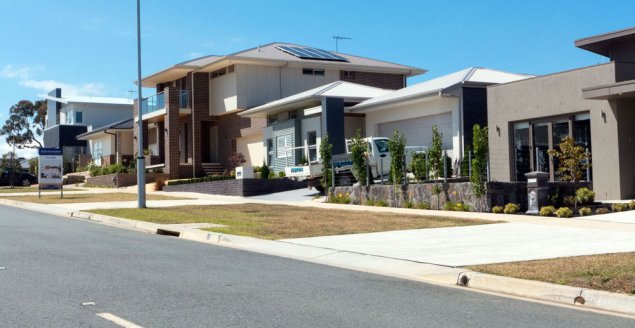
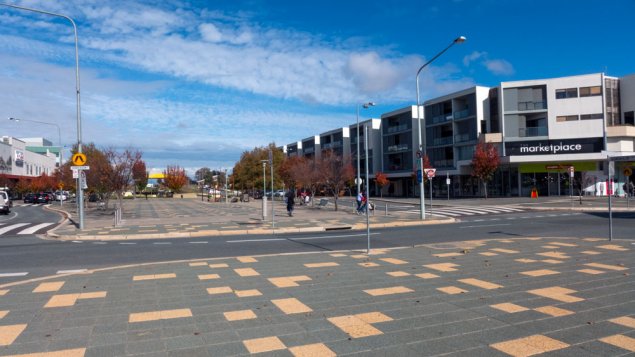
As the climate impacts grow, so does the importance of refurbishing the urban forests and the biodiversity of all suburbs across Canberra. This will be an enormously difficult task within the new suburbs. But it needs to be done as trees and shrubs are old technology – they do not happen at a flick of a switch or by the click of a keyboard. Green landscapes require long-term commitments, time and expertise.
It is time to ensure that the landscape values were enhanced with trees, trees and even more trees. Every open space should be valued and should be enhanced – not traded off.
Canberra remains the bush capital in most people’s eyes – and it should stay that way.
——————————–
Paul Costigan